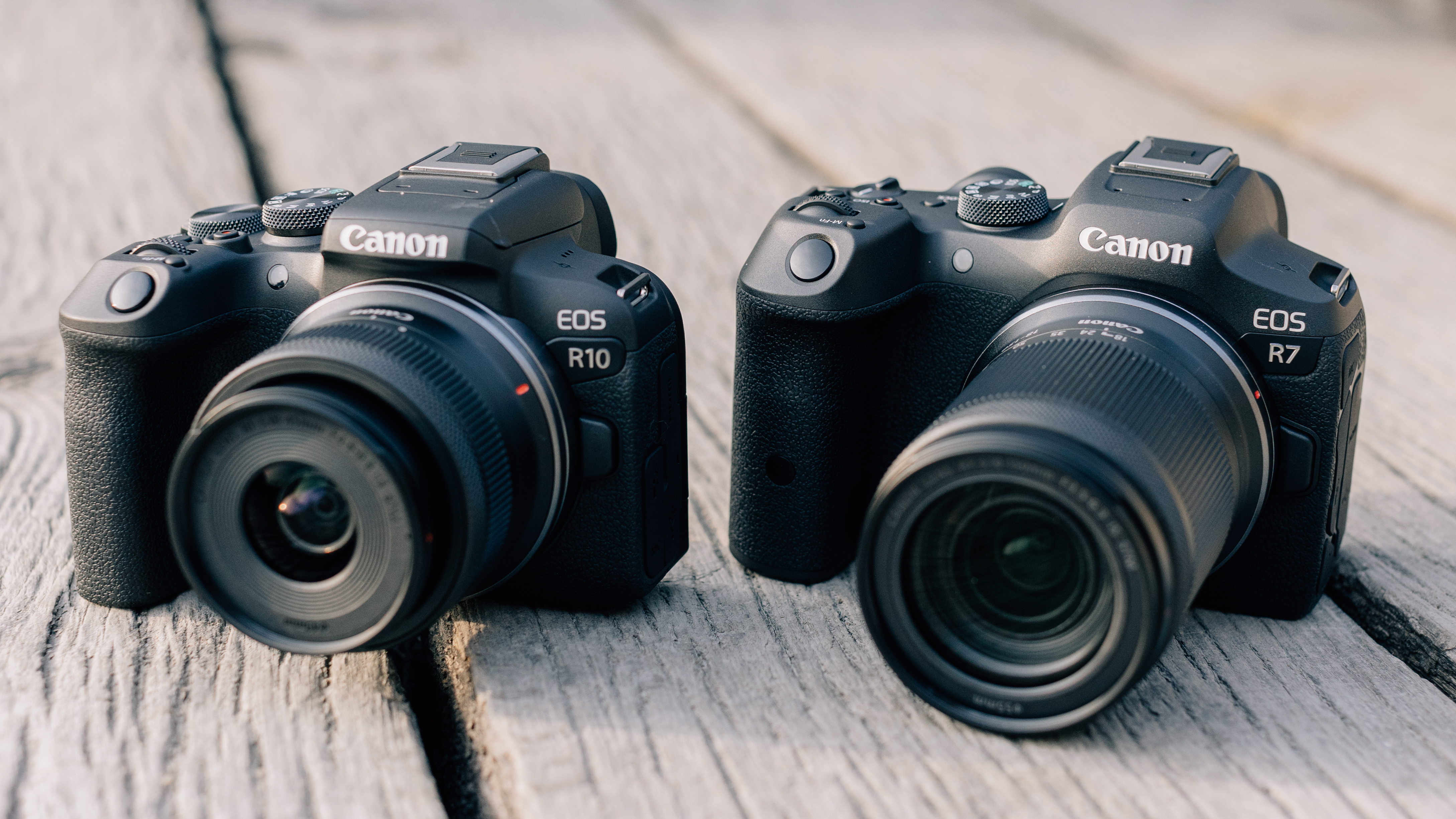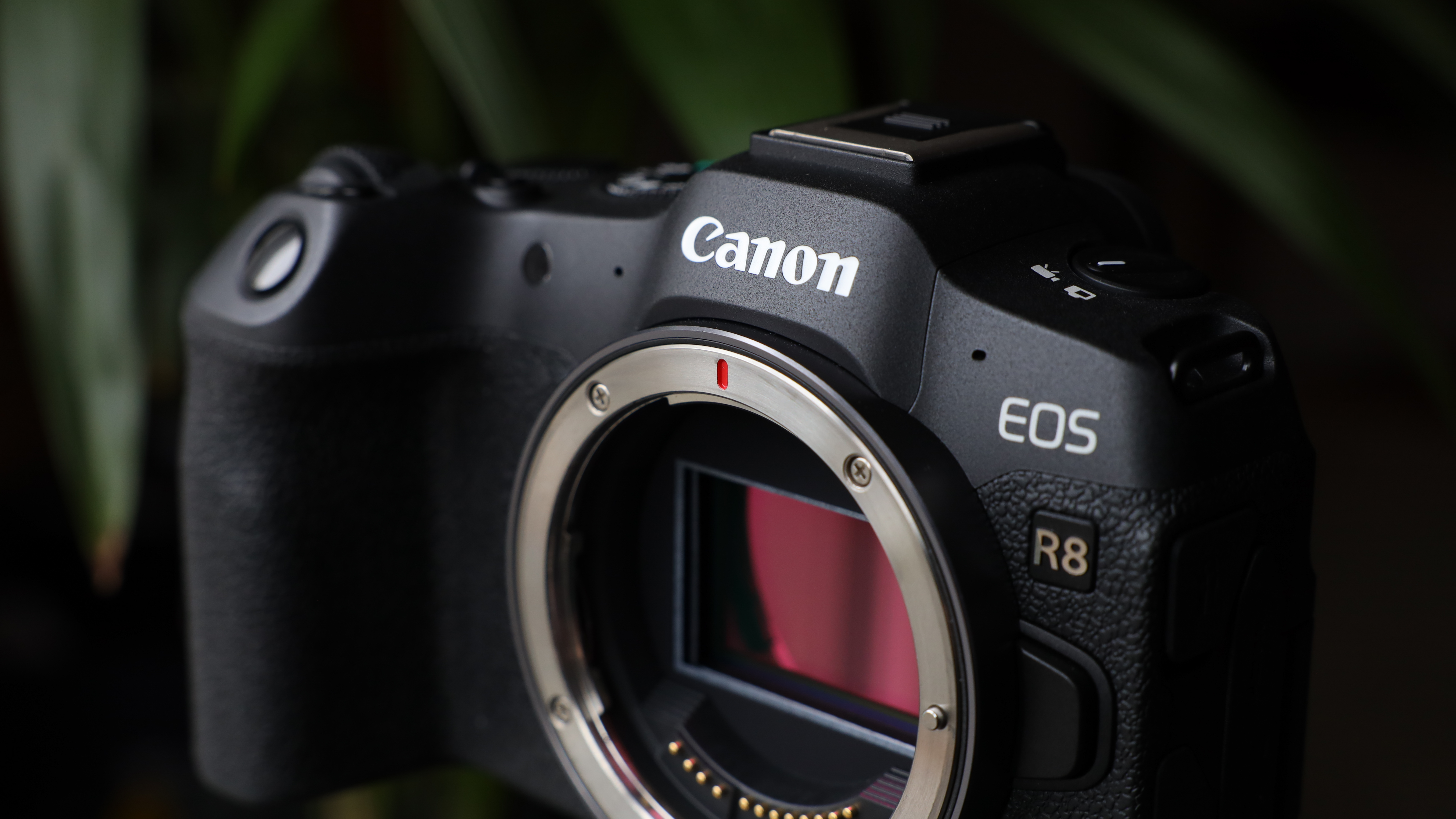I'm wondering if Canon RF-S is a camera system in the making or just a full-frame teaser
Will Canon's APS-C mirrorless models ever reach the heights of its old EF-S DSLRs? Is that even the plan?

I bought a Canon EOS R8 and I'm very impressed. Straight off the bat, I think this is one of the best Canon cameras to buy right now. It's also backed up by a good range of lenses, many of which are very affordable. And then something in the EOS R8 blurb on the website caught my eye.
"MAKE THE LEAP TO FULL FRAME" was the heading. "Give your creativity a full-frame upgrade. Better bokeh, wider angles of view and image quality that will blow you away – even in low light." was the strapline.
The thing that caught my eye is "...wider angles of view..."
Now this makes sense with the current lens line-up. Canon is comparing the EOS R8 and other full-frame models with its smaller APS-C EOS R7, R10, R50 and R100 cameras. Right now, there are only three dedicated RF-S lenses for these smaller format cameras, and they don't include any ultra-wide optics. Worse, there's no definite indication these are coming.
It's possible that Canon will steadily convert its best EF-M lenses over to the RF-S format. There seems no technical reason why it couldn't. These include a neat little Canon EF-M 11-22mm f/4-5.6 IS STM which would be a great addition to the RF-S lens line-up, offering a handy 17.5-35mm equivalent zoom range – and there are plenty of other EOS M lenses which would be great to have in RF-S mount.
There's no clear indication from Canon, though, that it has any such plans. So what if its APS-C EOS R cameras are intended to get users into the Canon system, not as systems in themselves?

Further down the EOS R8 page it says:
"Shoot wider"
"Transform the way you see the landscape, and get up close for immersive documentary images."
And then, further on:
"FULL FRAME ANGLE OF VIEW"
"See how a 15mm lens looks on the full-frame EOS R8, compared with an EOS camera with a smaller APS-C sensor. Any given focal length gives a 1.6x wider angle of view."
So it could be that Canon's messaging is based on the current lens line-up – but it could also be that the company is using angle of view to its full frame upgrade pitch. That's how it reads to me.
In the old days, Canon EF-S lenses formed a complete and parallel APS-C DSLR lens system alongside its full frame EF lens range. That doesn't mean it's going to do it again with its EOS RF-S cameras. Right now, almost all of the best Canon RF lenses are designed for its full frame cameras.
Other opinion pieces by Rod Lawton
Get the Digital Camera World Newsletter
The best camera deals, reviews, product advice, and unmissable photography news, direct to your inbox!

Rod is an independent photography journalist and editor, and a long-standing Digital Camera World contributor, having previously worked as DCW's Group Reviews editor. Before that he has been technique editor on N-Photo, Head of Testing for the photography division and Camera Channel editor on TechRadar, as well as contributing to many other publications. He has been writing about photography technique, photo editing and digital cameras since they first appeared, and before that began his career writing about film photography. He has used and reviewed practically every interchangeable lens camera launched in the past 20 years, from entry-level DSLRs to medium format cameras, together with lenses, tripods, gimbals, light meters, camera bags and more. Rod has his own camera gear blog at fotovolo.com but also writes about photo-editing applications and techniques at lifeafterphotoshop.com
